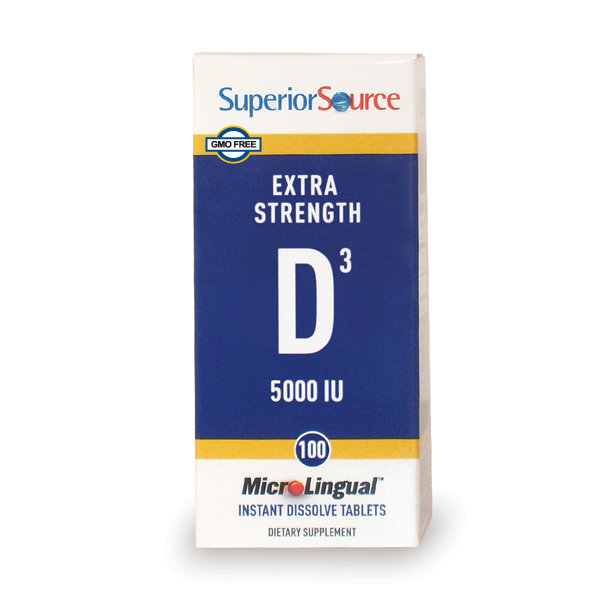Potential causes of a toothache
Toothache is an unpleasant and often painful sensation in the oral cavity. It is a pain caused by the presence of a dental infection that has progressed beyond the pulp chamber of one or more teeth and has spread to other adjacent teeth. The bacteria associated with a toothache can be found in saliva, surfaces, and even fingers touching a tooth during brushing or flossing. This article will discuss the potential causes of toothache and treatment options for this condition.
Potential Causes of a Toothache
1. Tooth decay
Tooth decay is the most common cause of toothache, and over half of all toothaches are due to an infection in the pulp chamber. The size of the cavity-causing the pain may not be readily apparent, and it will often take several visits to a dentist to find this out. The pulp tissue within the pulp chamber consists mainly of nerves, blood vessels, and cells that help protect the tooth from infection; if this tissue is damaged by dental decay or infection, there could be severe pain radiating from one or more teeth.
2. Infected gums
An infection of the gums (gingivitis) can also affect the tooth’s ability to withstand pressure. If it progresses to a more severe condition (periodontitis), it can lead to increased pain. The localized swelling in an infected gum is usually apparent, and the area will be red and painful. A dentist may treat an inflamed gum by scaling and root planning the teeth, after which a medication such as metronidazole will be necessary (depending upon the severity of inflammation).
3. Cysts or tumors
Cysts are formed when something within tissue becomes trapped between other tissues or bone; they are not necessarily malignant but may release chemicals that irritate surrounding tissues. Tumors may become infected and inflamed; if so, they can be painful to the touch.
4. Tooth abscess
A deep pocket of pus (abscess) is formed when bacteria enter the dentist’s toothpaste or dental floss, or even bacteria from saliva. In this tooth abscess, the pulp tissue becomes severely inflamed, and there can be severe pain throughout the root and jaw area due to infection. An infected abscess will often appear as a small dark spot on a tooth surface or will be found as an irregular-shaped lump on x-ray imaging.
5. Damaged filling
A damaged filling is usually due to another dental procedure or dental trauma, or it is a result of the decay or infection spreading into it. Tooth decay will often cause damage to the surrounding filling material, resulting in a brown-tinted piece of resin that protrudes from the tooth surface into the gums. This material can be removed by scaling and root planning, after which antibiotic treatment may be necessary.
6. Tooth fracture
A fractured tooth can cause severe pain in addition to causing an open wound. Fractured teeth are usually not painful if no bacteria are present within the pulp chamber. Still, without proper care and treatment, there is a risk that bacteria may infect the area, resulting in this type of pain.
7. Chewing for long
It is best not to chew on any tooth for a long time, as this will subject the enamel to excessive pressure and cause damage to the surface. If the pain is due to stress or biting, treatment will involve using a more appropriate chewing surface, such as gum-stimulating surfaces instead of teeth. In severe cases, intense tooth pressure may make it impossible for a patient to chew.
8. Dental procedure gone wrong
A botched procedure can be excruciating, especially if it involves drilling an infected area or failing to remove all of the decay during root planning. If a dentist has left a sharp edge on a tooth, then this can be painful to bite.
9. Dental trauma
Trauma can also cause toothache. If a patient has been playing contact sports and is suffering from broken or loose dental work, this could be the source of pain. A blow to the face can cause damage to teeth, and if this occurs in conjunction with decay or infection, then the pain may be significantly worse due to the extent of the surrounding damage.
10. Wisdom-tooth removal
The extraction of wisdom teeth can be harrowing; even if it is performed correctly with an anesthetic, there is still potential for postoperative pain that can last weeks or even months afterward. Various treatment options for nerve damage, neuralgia, may occur after wisdom tooth removal, but most patients will not experience any pain.
Treatment Options for Toothache
There are several treatment options for toothache, which will be discussed here. The following are treatment options that can be considered:
1. Antibiotics
Antibiotics are used to treat bacterial infections and will not be necessary if decay, trauma, or other factors cause toothache. Antibiotics work by preventing bacteria from multiplying within a patient’s body. They will also help to prevent inflammation of the gums and soft tissues around the tooth.
2. Analgesics and anti-inflammatories
Local anesthetics and anti-inflammatories may be used. They work to relieve some types of pain by blocking signals from the nervous system. Treating toothache with analgesics and anti-inflammatories can help patients rapidly stop their pain. Various types of these medications are available, such as brufen and paracetamol.
3. Rinse with hydrogen peroxide
Hydrogen peroxide can be used to treat toothache by first rinsing the mouth with a mixture of peroxide and water. There is evidence that this type of mouth rinse can help fight against the acid-producing bacteria found in the mouth, along with plaque build-up that may be causing bleeding and inflammation. This treatment option is inexpensive and very effective but may require frequent application.
Toothache is a severe condition that can result in individuals developing problems with their teeth if proper care is not taken. It is vital to get treatment for toothache as soon as possible to reduce the pain and discomfort an individual may experience. Visiting a dentist for an examination and treatment can help an individual to rule out any problems that may be causing the toothache.




